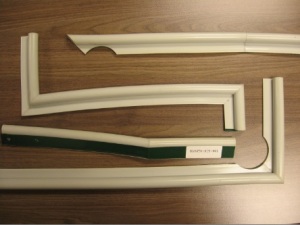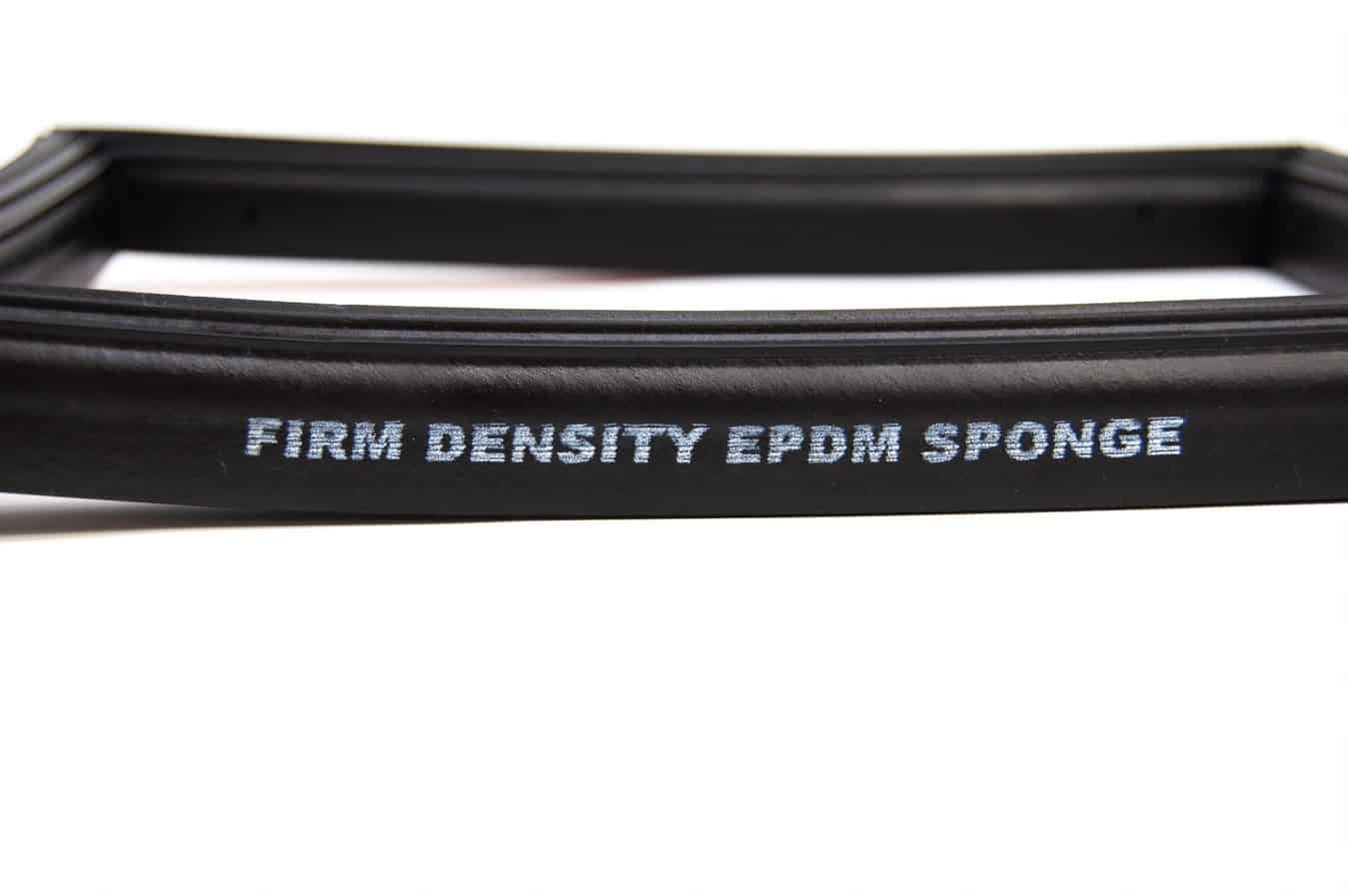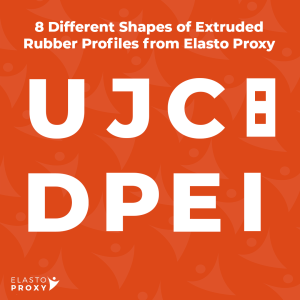Military Vehicle Acoustic Insulation
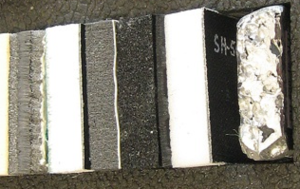 Acoustic and thermal insulation won’t stop an IED attack, but it’s still mission-critical. Learn about acoustic foams and thermal management materials, and how Elasto Proxy custom-fabricates insulation sandwiches that protect engines and soldiers against noise, heat, and vibrations.
Acoustic and thermal insulation won’t stop an IED attack, but it’s still mission-critical. Learn about acoustic foams and thermal management materials, and how Elasto Proxy custom-fabricates insulation sandwiches that protect engines and soldiers against noise, heat, and vibrations.
Clyde Sharpe
General Manager at Elasto Proxy
Military machines like the MRAP are designed to project power while protecting personnel. With their V-shaped hulls and add-on armor, the mine resistant ambush protected (MRAP) vehicle can withstand IEDs, mines, RPG rounds, and small arms fire. Ballistic protection alone won’t keep armored vehicles on patrol, however. The MRAP is powered by a big diesel engine that runs hot and loud. Without engine bay insulation, heat and noise could put both the powerplant and military personnel at risk.


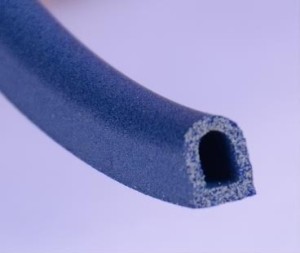

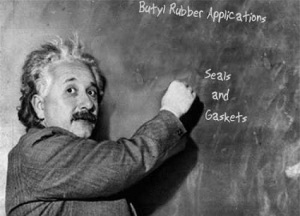
 Learn how UL 94 flame ratings for solid plastics can help part manufacturers select the right materials for flame resistance.
Learn how UL 94 flame ratings for solid plastics can help part manufacturers select the right materials for flame resistance.